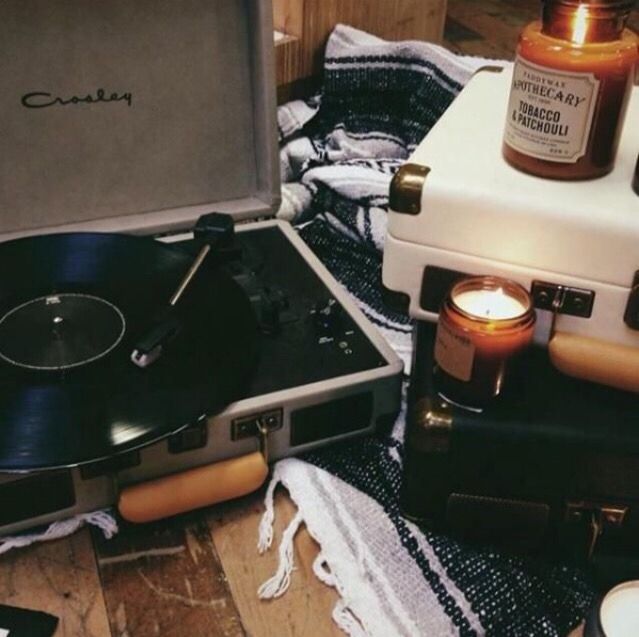By: Caylah Spearman & Morgan Edwards
1880s
Historical Context
The 1980’s was a time of evolution and expression in the music world. With Funk starting to die out after two decades, Hip-Hop came on to the scene. This set the pace for how rap is today. However, Funk was such a big influence on music because it allowed for us to dance. The elements of funk were passed down into other genres such as, hip-hop, pop, r&b, and even soul. The 1980’s was a time where musicians, singers, and rappers wanted to create music that stuck with people for a lifetime. And that is exactly what happened.
The top and most influential genres of the 1980s include:
- Hip-hop/Rap
- Pop
- Techno/Disco
- Funk
Influential Genres Impact
Hip-Hop: Rap sounds of the early 80’s stemmed from disco and funk music. Every rapper that came up in the 80’s had similar flows and cadences but different voices and stories.Rap is a pivotal point in music history because this allowed for more story telling through music. In the mid-80’s, rap started to have more catchy phrases as new rappers came on the scene like LL Cool J and Salt-n-Pepa. Towards the late-80’s, gangsta rap started to come on the scene because of N.W.A. This rap group talked about social issues that society didn’t want to address.
Pop: Pop music in the 80s was a hugely popular genre. It was known for its catchy hookds, slick production values, and upbeat rhythms that you could dance to. Pop music was a combination of new wave music and electronic dance. Some of the biggest stars in 80s music is Michael Jacson, Prince, Whitney Houston, Janet Jackson, and Diana Ross.
Techno/Disco: Techno and disco were characterized by the use of electronic instruments and a strong emphasis on dance beats. Techno originated in Detriot and was influenced by sythesizers, drum machines, and sequencers. Disco had a strong precense in the 80s with artists like Micheal Jackson incorporating disco elements in their pop music,
Funk: Funk in the 80s was known for its incorporation of new wave and electronic music elements which can be reffered as “electro-funk” and was a trailblazzer for pop music during this time. This style of music featured faster tempos and dance-oriented rhythms with artists like Rick James, Zapp, and Prince using funk grooves and electronic instrumentation and sounds in their music. Funk music started to die out in the mid-late 80’s.




Bold Looks: 80s Fashion
Looks and fashion of the 80s consisted of power dressing, neon colors, acid-wash, denim, big hair, shoulder pads, and glam rock. These trends were influenced by the growing number of women in the workforce.

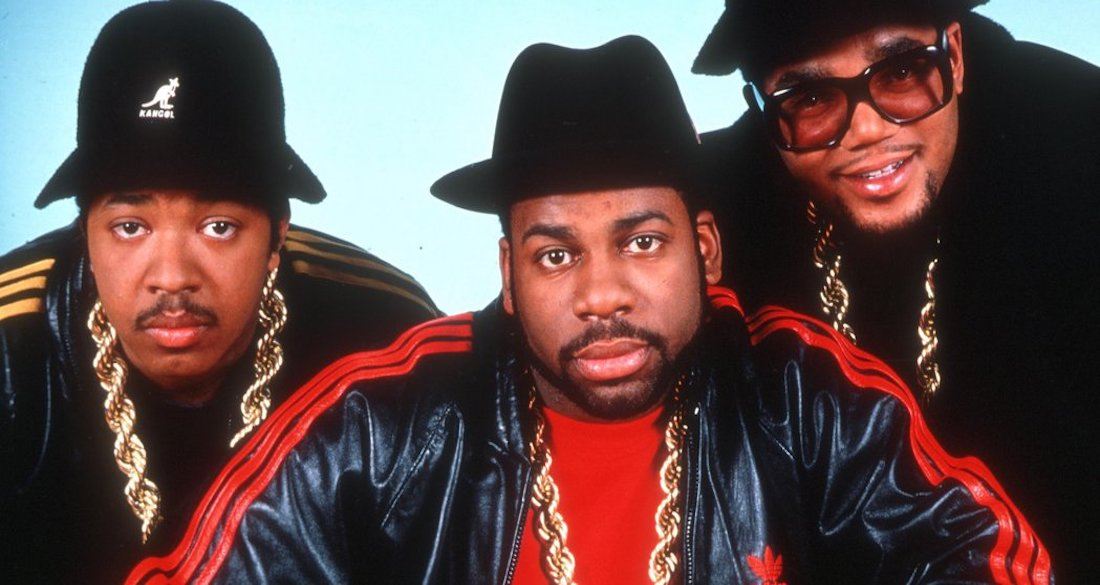

Record Companies & Sound
The four most influential record companies of the 80s are as follows:
- Warner Music Group (Prince)
- Sony Music Entertainment (Micheal Jackson & Run-DMC)
- RCA Records (New Edition & The Pointer Sisters)
- Capitol Records (Tina Turner & Chaka Khan)
Popular instruments utilzed in various songs of the 80s include:
- Synthesizer
- Drum Machine
- Electric Guitar
- Keyboard
- Drum Kits
“Soul Train” was a popular American television program that focused on showcasing African-American music and dance culture. It first premiered in 1971 and ran until 2006, with the 1980s being a particularly significant period. The show featured a variety of African-American musical genres, including soul, funk, R&B, and hip hop. The show’s dancers became increasingly diverse, and its fashion trends included big hair, neon colors, and oversized clothing. Its influence can still be seen in the music and dance culture of today.
Music Moments
1990s
Historical Context
The 1990s was a significant decade due to its wide range of genres and styles that gained popularity. For instance, hip-hop had been growing in popularity throughout the 1980s; however, it was in the 1990s that hip-hop and rap music began to explode. Artists like Tupac and Notorious B.I.G shaped the sound of this genre for years to come and became household names in the process. The 90s also saw a new wave of pop boy bands and girl groups. Artists like *NSYNC and Destiny’s Child dominated the pop charts, sold millions of albums, and became global sensations. Additionally, the 90s saw a rise of R&B artists and slow jams. Helping to cement R&B as a dominant force in the music world were artists like Mary J. Blige and Boyz II Men. Finally, traditional gospel music helped influence artists like Kirk Franklin and Yolanda Adams to create a sound of gospel that would reach a wider audience. Notable places in 90s music culture was California and New York due to the East & West Coast hip-hop rivarlry.
The top and most influential genres of the 1990s include:
- Rap/Hip-Hop
- R&B
- Pop
- Gospel
Influential Genres Impact
Rap/Hip-Hop: Originating in African American/Latino communities in New York City, rap and hip-hop music of the 1990s was a significant cultural movement. These genres of music expressed the struggles and experiences of urban youth in America that addressed themes of racism, inequality, and police brutality. This would also bring the rise of “gangsta rap” which focused on the realities of inner-city life with lyrics that depicted drugs, gang violence, and guns. This also coincided with rappers flaunting their jewelry, clothing, and cars in what was known as the “bling era”.
R&B: The early 1990s R&B music saw heavy influence from the New Jack Swing Sound, which combined r&b and hip-hop elements. 90s r&b music saw a rise of songs about female empowerment and self-acceptance by various female artists. This genre of music featured artists with powerful vocals and emotive lyrics, female groups who brought a new edge with catchy hooks and attitudes, and male groups who blended smooth harmonies with sensual lyrics to make romantic ballads. This style of music by male groups helped coined the term “slow jams.” Another aspect of 90s r&b music was its emphasis on collaborations with artists teaming up for group projects and duets. 90s r&b music helped cultivate sub-genres of r&b music, such as neo-soul, soul, contemporary r&b, and funk.
Pop: Pop music in the 1990s was a blend of various genres, including hip-hop, soul, R&B, and pop. This fusion of genres resulted in an innovative, unique sound that appealed to a broad audience. This genre of music saw many black pop artists creating socially conscious lyrics to address important social issues ranging from racism to inequality to poverty. Many artists displayed powerful vocals that elevated their music. Additionally, 90s pop music saw a rise in experimentation with technology as artists used digital effects and sampling to create unique sounds that had danceability with upbeat and danceable rhythms.
Gospel: Gospel music in the 1990s saw change and innovation. Traditional gospel styles continued to persist; however, artists began incorporating contemporary sounds that blended elements of hip-hop, rock, and R&B while still promoting gospel themes and messages. Gospel artists would share messages of salvation and hope, reflect on their own experiences and struggles, and express their relationship with God. 90s gospel music also saw the emergence of gospel choirs and groups that showcased powerful harmonies and energetic performances. Several artists of this time were also able to have a crossover appeal to attract fans in and outside of the church.

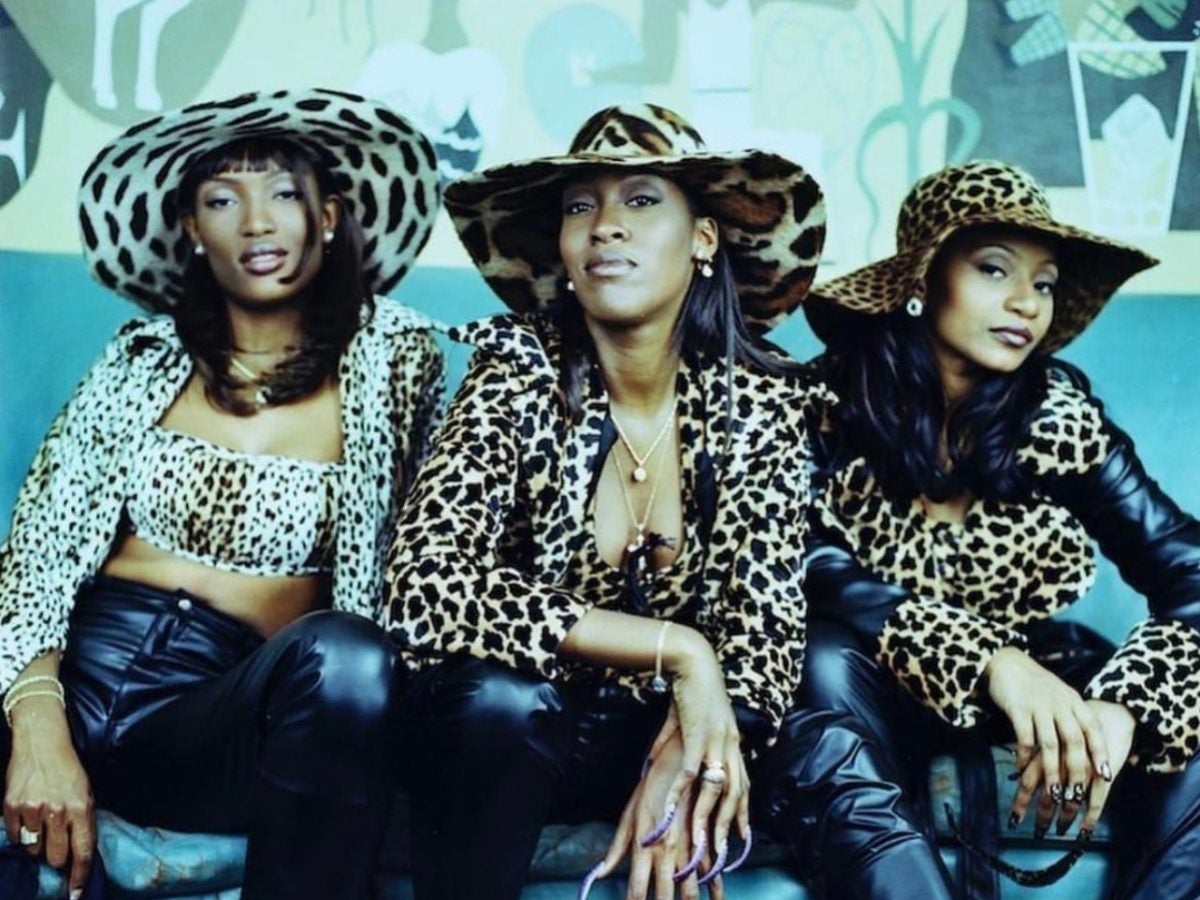

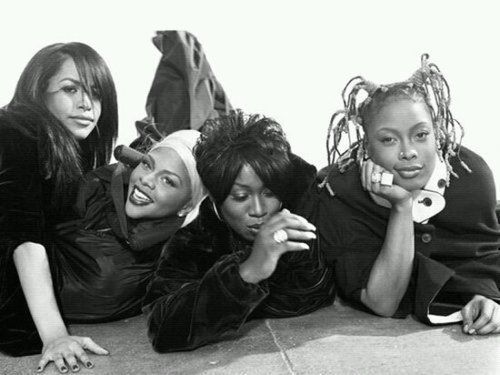
Bold Looks:
90s Fashion
The fashion of the 1990s was heavily influenced by the music, film, and television of the time. Hip hop fashion was characterized by oversized clothing, baseball caps worn backwards, and gold chains. Brands like FUBU and Sean John became popular among hip hop fans. the 1990s saw a trend towards minimalism and understated elegance. This was epitomized by fashion designers like Calvin Klein. Streetwear became a major fashion trend in the 1990s, with brands like Tommy Hilfiger, Adidas, and Nike becoming popular among fashion-conscious youth. The look was characterized by its casual, athletic aesthetic, and became a defining fashion trend of the decade.


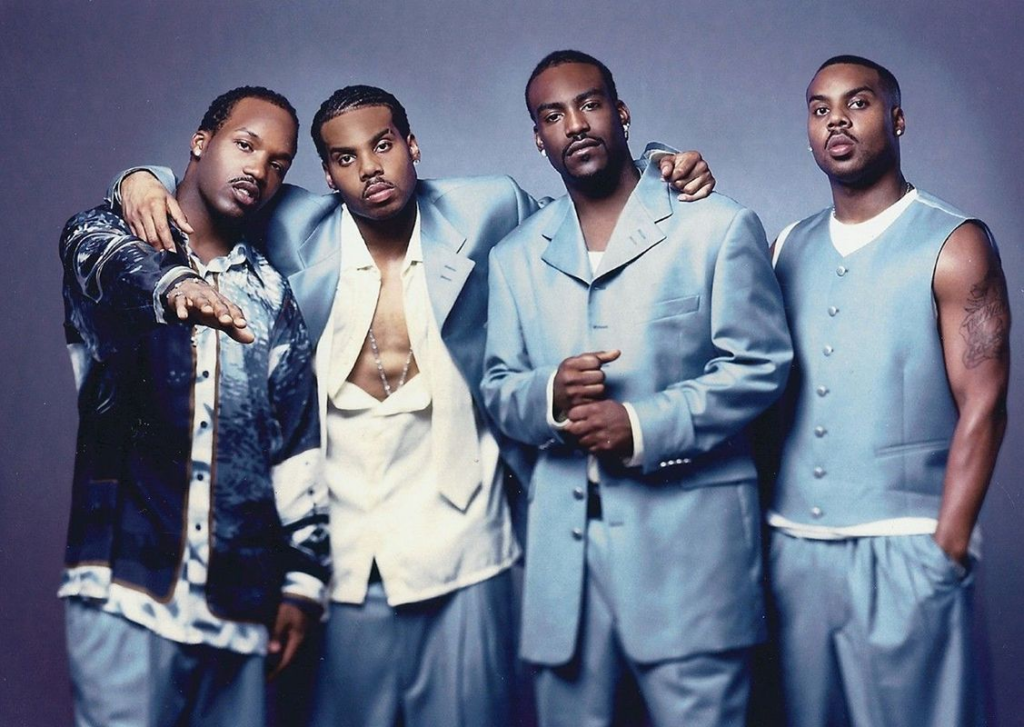
Record Companies & Sound
The four most influential record companies of the 90s are as follows:
- Sony Music Entertainment (Michael Jackson & Whitney Houston)
- Bad Boy Records (Diddy & Faith Evans)
- Death Row Records (Dr. Dre & Tupac)
- Universal Music Group (Boyz II Men & Mary J. Blige)
Popular instruments utilzed in various songs of the 90s include:
- Synthesizer
- Drum Machine
- Guitar (Bass & Electric)
- Keyboard
- Drum Kits
- Piano/Organ
The 1995 Essence Music Festival was the first-ever edition of this annual event, which is held in New Orleans and celebrates African American music, culture, and community. The festival was a three-day event that featured a diverse lineup of R&B, hip hop, and jazz artists, including Gladys Knight, Al Green, Patti LaBelle, and Boyz II Men. In addition to the musical performances, the festival also included cultural events, seminars, and workshops on topics such as health, finance, and education. The 1995 Essence Music Festival was a huge success, drawing over 142,000 attendees and setting the stage for many more memorable editions of the festival in the years to come.
Music Moments
Legends of the 80s/90s
1980s:
- Michael Jackson
- Prince
- Whitney Houston
- Tina Turner
- LL Cool J
- N.W.A
- Salt-N-Pepa
- Stevie Wonder
1990s:
- Tupac
- Notorious B.I.G
- Boyz II Men
- TLC
- Aaliyah
- Kirk Franklin
- Mariah Carey
- Whitney Houston

